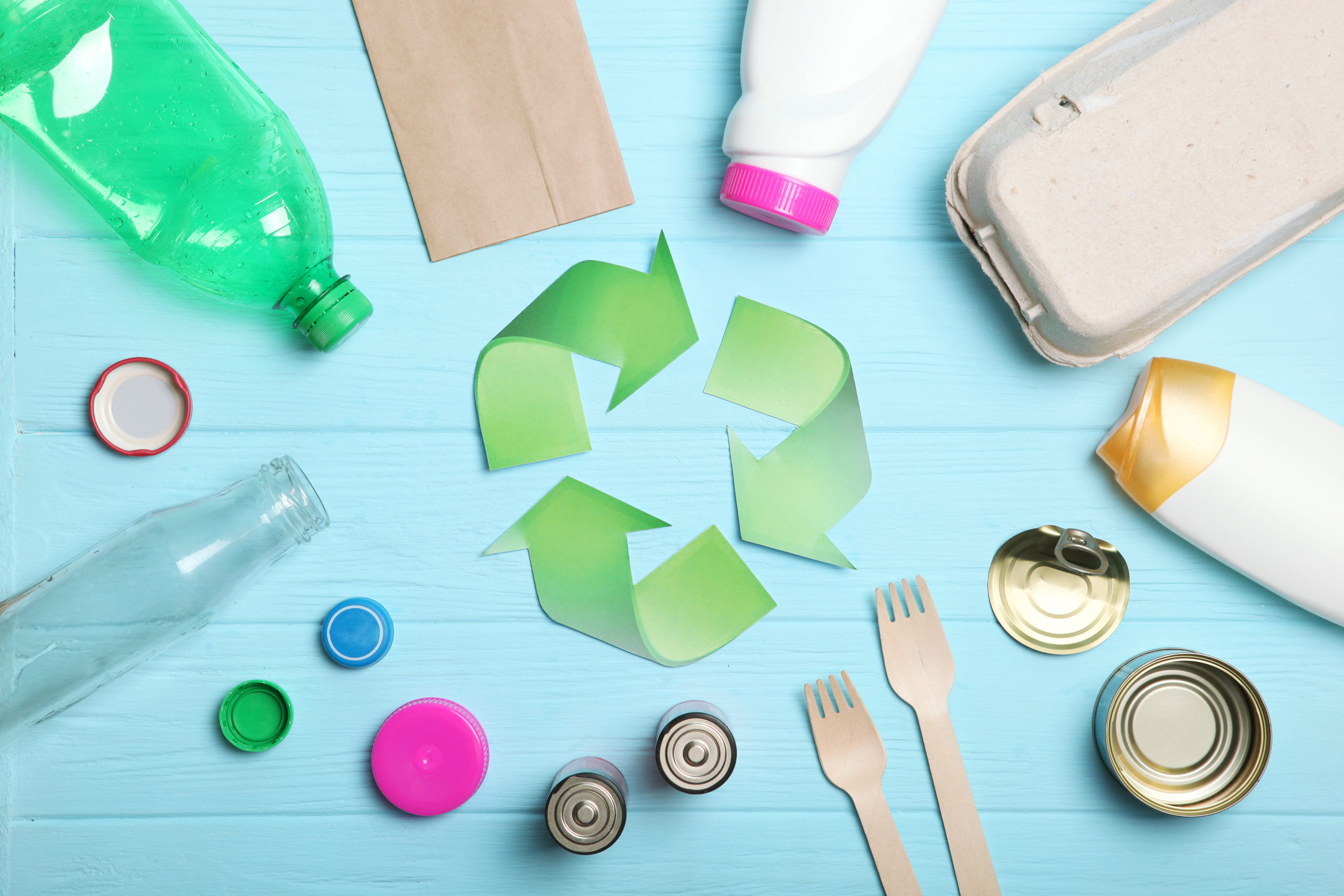
Which “green” packaging materials make more sense
Which “green” packaging materials make more sense,
and which ECO strategies assure actual impact
For cosmetic industry, going for sustainability basically means three things – adjusting the product, the packaging, and the entire business model towards reducing the impact on the environment. Within each of these matters there’s several option to choose between several options, and here are a few guidelines on how not to turn “green” innovations into a pile of more expensive waste.
It might seem, that the less “conventional” plastic is in sue, the greater contribution to cleaner planet goal we make. However, biodegradable or compostable plastics, despite they sound like a green break-through, are for now much more of marketing impact rather then actual environmental. There’s too little infrastructure available in most regions for brands to leverage the full potential of those materials to make it worth the effort. With more advanced “green manufacturing”, then refill and recycling system most countries create or have already created, it makes much more sense to scope at those kinds of solutions.
Still, it’s always worth to know all the options, their strengths and weaknesses, to make the packaging material synergize with the product, the brand’s philosophy and packaging afterlife routes the infrastructure may offer.
Recycled PET (r-PET)
- Mostly made from water, juice or soda bottles, for they’re easiest to collect and recycle
- Food grade and further recyclable. Can be recycled one more time for cosmetic packaging use, then gets only useful in industrial-applicated goods
- Retains similar performances to virgin PET, maintains the same product protection, elasticity and damage resistance, but obtains minor visual imperfections
- Corresponds with EU sustainable/circular economy goals
- Currently offers the largest supply due to easier access to recyclable waste
- Allows minor differences in product appearance even within the same batch
Recycled HDPE (r-HDPE)
- Made from post-consumer recycled (PCR) materials – mostly recycled HDPE milk and other beverage bottles, less often – recycled food and cosmetic containers
- Can be further recycled
- Retains performances of virgin HDPE, yet hard to keep food grade, so mostly appears as non-food grade
- Corresponds with EU sustainable/circular economy goals
- Allows minor differences in product appearance even within the same batch
Bio based PE/PET/PP
- Biobased material, not biodegradable or compostable
- Mostly made of bioethanol extracted from sugarcane, at times corn or other plants
- Food grade and recyclable – same as virgin plastics
- Retains original performances of virgin plastics
- Possible use of Braskem’s I’m Green logo
Biodegradable plastics
- Biobased material, biodegradable, not compostable
- Mostly made of bioethanol extracted from sugarcane, at times corn or other plants
- Contains special additives that make it possible to utilize waste using biological (specific bacteria) and temperature conditions
- Retains most original performances of virgin plastics
- Turns out to be useless in most regions for there’s no packaging after-life processing utilities
Compostable
- Biobased material, compostable
- Most expensive and hardest to get due scarce technological know-how, low market supply and hard industrial scaling
- Degrades under no specific conditions harmlessly to the environment
- Requires thorough product compatibility tests before application, as performances may significantly differ from virgin plastics
Glass
- Material made of widely abundant natural resource: sand
- May go through multiple recycling with no quality loss
- Retains food grade properties on recycling
- Waste deals least harm to the environment even if left unattended

